Light

This science scheme of work for Year Six in Key Stage Two gets the children to explore and model concepts about how light is produced and how it can travel through different materials. The class can investigate how shadows are created, how light travels in straight lines and how people see colour.
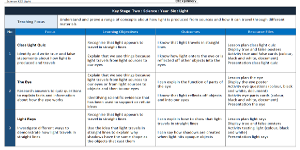
Explore and model concepts about how light is produced and how it can travel through different materials
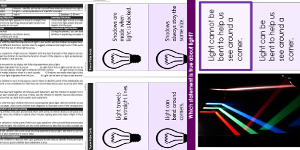
Lesson One : Class Light Quiz
Identify and record a range of different true and false statements about how light can be produced and how it might travel through materials
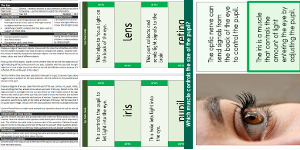
Lesson Two : The Eye
Research and record answers to different quiz questions to explain a range of facts and information about how the eye works in the human body
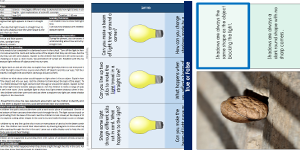
Lesson Three : Light Rays
Investigate and illustrate different ways of explaining and demonstrating how light from a specific source can travel in a straight line

Lesson Four : Pinhole Camera
Devise and build a model of a pinhole camera to explain and demonstrate how light travels in straight lines from a light source
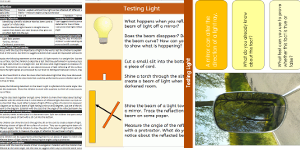
Lesson Five : Reflection
Explain, describe and test how light from a specific source can be reflected off a range of different surfaces and materials
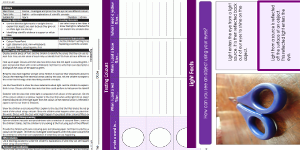
Lesson Six : Colours
Investigate and prove by conducting test to illustrate how the eye can see and interpret a range of different colours
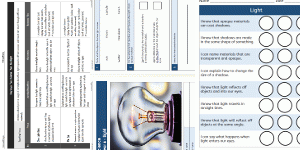
Light Assessment
Assess abilities in exploring and modelling concepts about how light is produced and how it can travel through different materials
-

Theme Park Visit
Practise identifying and calculating the timing and duration of rides and events when visiting a theme park on a special family trip
-

Family Holiday Trips
Identify and record how to compose and publish recounts using adverbials of time and place to describe family holidays to different places in the world
-

Money Multiplication
Explain and model how to use standard written calculation methods to multiply money amounts in pounds and pence when solving number problems
-

Sport Teams
Explain and model how to use brackets and dashes to add extra information to sentences describing how to play sports and games as part of a team
